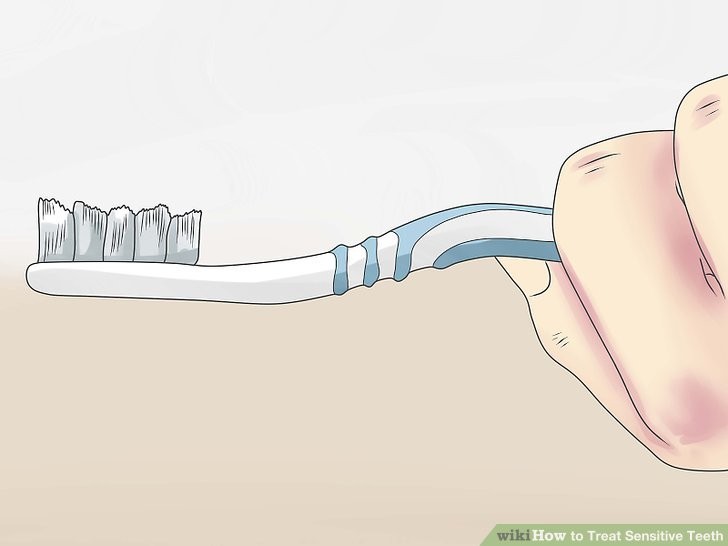
The dental caries
Pages
Features Title Here. Consectetur adipisicing elit sed
Caries Treatment 01: Drilling out the caries area
28 Şubat 2011 Pazartesi
The different dentist drills for drilling out the caries area
Pointed diamond drill, illustration
Projectile diamond drill, illustration
Conversely, conical diamond drill, illustration
Subspecies of dentist drills are: conical drills, countersink drills, rose drills, fissure drills, wheel drills, twist drills [1]
Alternative methods to drilling are
— Carisolv drilling gel
— laser treatments
— Powder blasting techniques [28].
Caries treatment 02: The tooth fillings: The filling of the drilled hole








